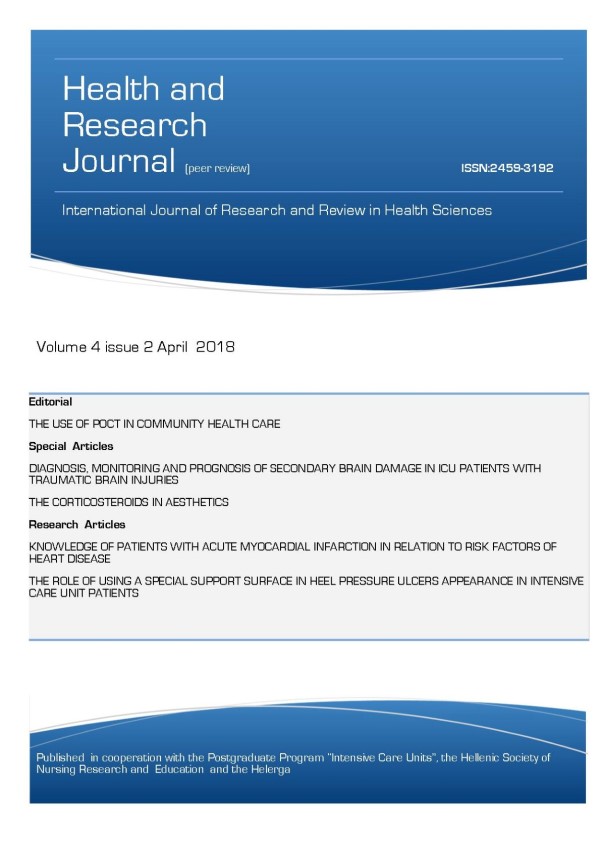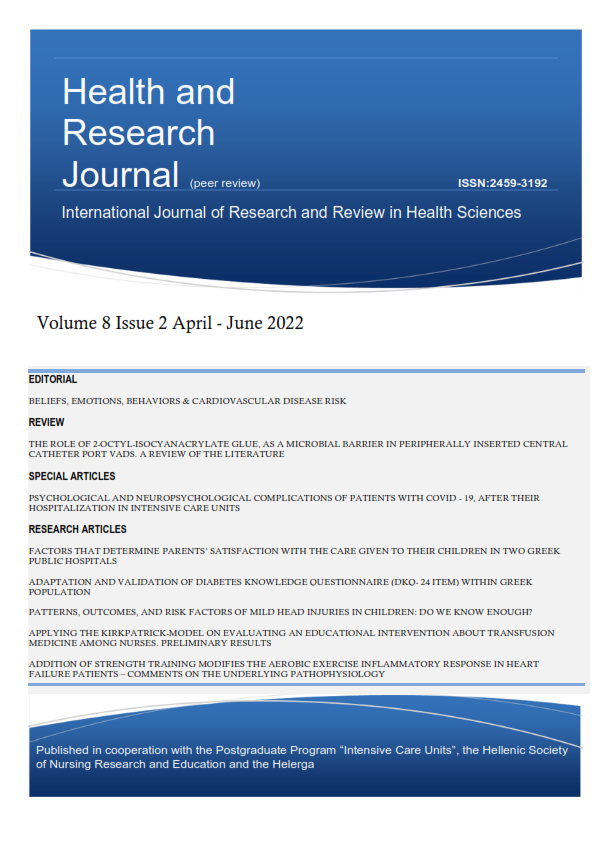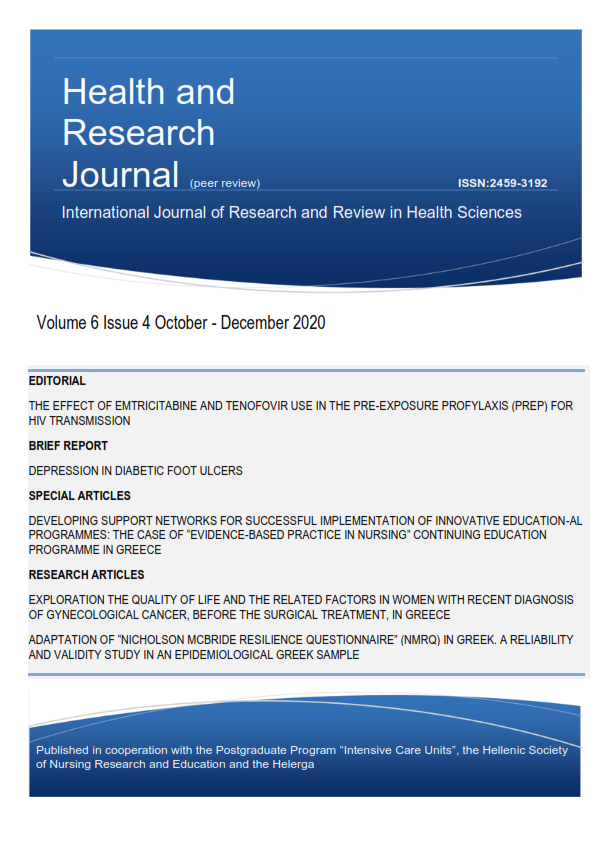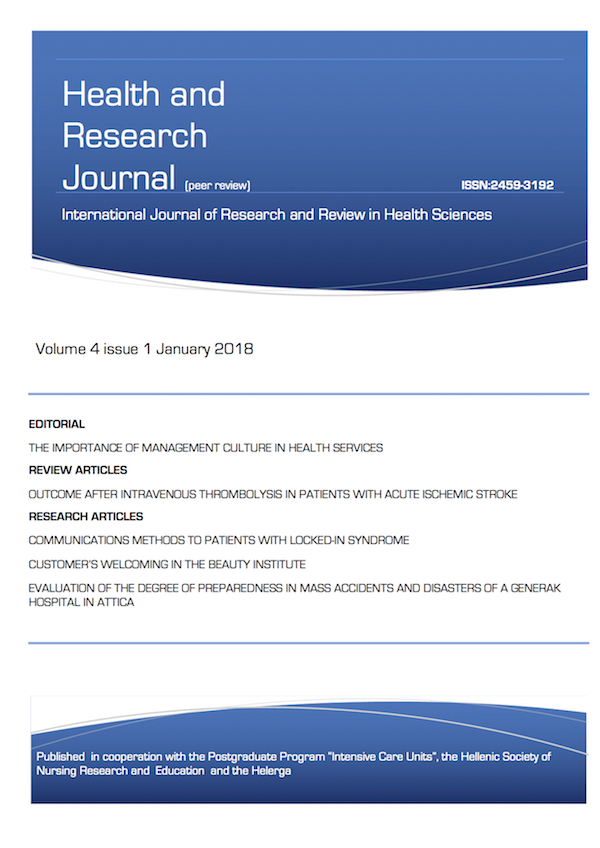The doctor-patient relationship

Abstract
The relationship between the doctor and the patient is a particular type of human relation. On one hand, the word «patient» states that a person is at a disadvantage, because of his/her illness, and therefore is automatically at a disadvantageous position compared to the doctor. On the other hand, the patient has the opportunity to inform him/herself from online sources, to communicate with other patients, to participate as equal and to choose consciously his/her treatment plan.
There are many different types of patients depending on their personality and interaction with their doctor. These types constituted a research field in the 80’s which lead to the analysis of patients’ psychology. After an historical flashback, patients are put in categories according to their reaction to their illness. In addition, the verbal way of approaching patients by their doctor, the patients’ expectations and their encouragement by professionals to participate more actively concerning their health care is underlined.
As a result, this is the beginning of a new era, where the patient has requirements concerning both the medical and the human aspect of the doctor-patient relationship.
Article Details
- How to Cite
-
Vargiami, M., & Goula, M. (2017). The doctor-patient relationship. Health & Research Journal, 3(2), 104–111. https://doi.org/10.12681/healthresj.21175
- Section
- Special Articles
Copyright notice:
The journal "Health and Research Journal" reserves the rights for copyright of the content of the website and also the copyright of the articles published.
By virtue of their appearance in this journal, the articles are free to be used for non-commercial purposes. However, the articles cannot and must not be used in anyway, published elsewhere or modified without any reference to the author and the first publication of the article.






